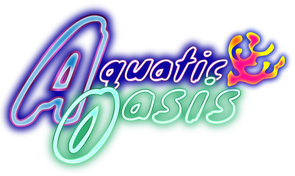Bearded Dragon - Red - Pogona vitticeps
Not applicable with Auction Items
Stunning Red Bearded Dragon - Pogona vitticeps
Scientific Name: Pogona vitticeps
Size: Juvenile (will reach 18-24 inches)
Morph: Red
Origin: Captive Bred
Experience the fiery beauty of the Red Bearded Dragon! This stunning morph displays vibrant red and orange coloration that intensifies with age, making it one of the most sought-after color variations in the bearded dragon world.
🔥 Red Fire Beauty
- Vibrant Red Colors: Intense red and orange hues throughout body and beard
- Color Development: Colors intensify and deepen with proper care and age
- Docile Nature: Calm, handleable temperament perfect for interaction
- Hardy Species: Extremely resilient and beginner-friendly
- Interactive Pet: Recognizes owners and enjoys supervised exploration
🏠 Care Requirements
- Enclosure: 75+ gallon tank for adults (40 gallon for juveniles)
- Temperature: 95-110°F basking spot, 75-85°F cool side
- UVB Lighting: 10-12% UVB essential for calcium absorption
- Substrate: Tile, paper towels, or reptile carpet (avoid sand)
- Diet: 80% insects (juveniles), 80% vegetables (adults)
🌟 Perfect Pet Qualities
- Handleable: Enjoys gentle handling and interaction
- Educational: Perfect for teaching responsible pet care
- Long Lifespan: 10-15+ years of companionship
- Feeding Response: Enthusiastic eater with good appetite
- Personality: Each dragon develops unique personality traits
Perfect For: Beginning reptile keepers, families, or anyone wanting an interactive and beautiful reptilian companion.
Bring home a dragon with the fire of personality and beauty!
When shipping live animals, 24 shipping is required for almost all. Shipping may be adjusted by AO due to holidays, weather conditions, or customer confirmation to be available.
If you successfully win an auction item, you will receive an email to confirm awarded auctions. Your payment request will also be in your login profile and an email as well.
Learn more about AO
Aquatic Oasis has a in store club that will soon be available to online subscribers as well. Stay tuned for details of the AO Aquatics Club coming soon. Register your email below to receive future information on AO Aquatics Club ONLINE


